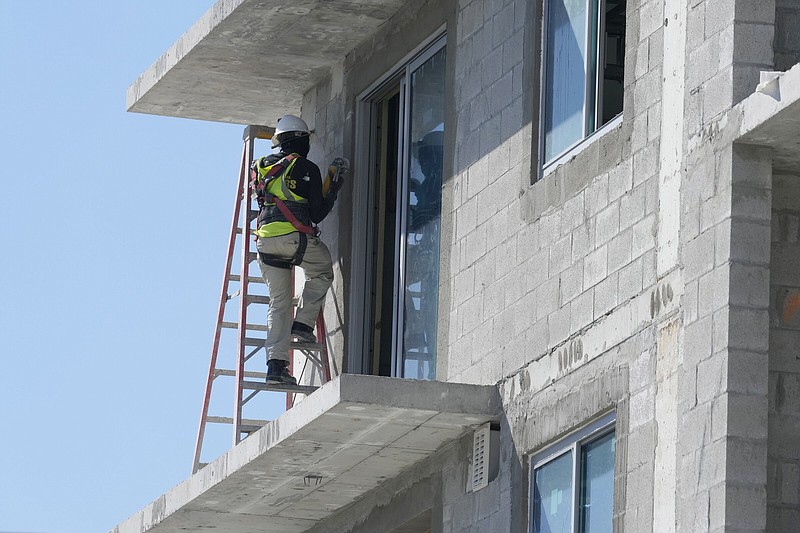U.S. job openings fell in March to the lowest level in nearly two years, a sign that the American labor market is cooling in the face of higher interest rates.
Employers posted 9.6 million vacancies in March, down from nearly 10 million in February. Layoffs rose to the highest level since December 2020, the Labor Department reported Tuesday.
The American job market is strong but losing momentum. The Federal Reserve has raised its benchmark interest rate nine times in just over a year in a bid to rein in inflation that last year hit a four-decade high. And higher borrowing costs are taking an economic toll.
Monthly job openings had never exceeded 10 million until 2021, then reeled off 20 straight months above that threshold. The streak ended in February.
The Labor Department on Friday releases the jobs report for last month. Forecasters surveyed by the data firm FactSet expect that employers added fewer than 182,000 jobs last month, the third straight monthly drop since payrolls rose by a robust 472,000 in January.
The unemployment rate is expected to blip up to 3.6% in April, a couple of notches above January's half-century low 3.4%.
The so-called quits rate, which measures voluntary job leavers as a share of total employment, edged down to 2.5%, matching the lowest in two years. That equates to about 3.9 million Americans and reflected a drop among workers in accommodation and food services.
The ratio of openings to unemployed people ticked down to 1.6 in March, the lowest since October 2021. In the firm labor market that preceded the pandemic, that ratio was about 1.2.
Fed officials watch that ratio closely and have pointed to the elevated number of job openings as a reason the central bank may be able to cool the labor market -- and therefore inflation -- without an ensuing surge in unemployment. That said, central bank staffers are forecasting a recession later this year.
The data comes at the start of the Fed's two-day meeting in Washington, in which officials are broadly expected to raise interest rates for possibly the final time of this cycle.
Many economists expect a combination of head winds such as tightening credit conditions and persistent inflation to tip the U.S. economy into recession this year. A key element of that, though, is a significant weakening in the labor market.
Given companies tend to freeze hiring before initiating layoffs, the job openings and labor turnover survey report will be a key indicator of labor market strength in coming months. Hires were little changed in March, according to Tuesday's report.
Some economists have questioned the reliability of the JOLTS statistics given the survey's low response rate. By year-end, it had fallen to about 31%, roughly half the rate just three years earlier.
Information for this article was contributed by Paul Wiseman of The Associated Press and Reade Pickert of Bloomberg News (WPNS).
